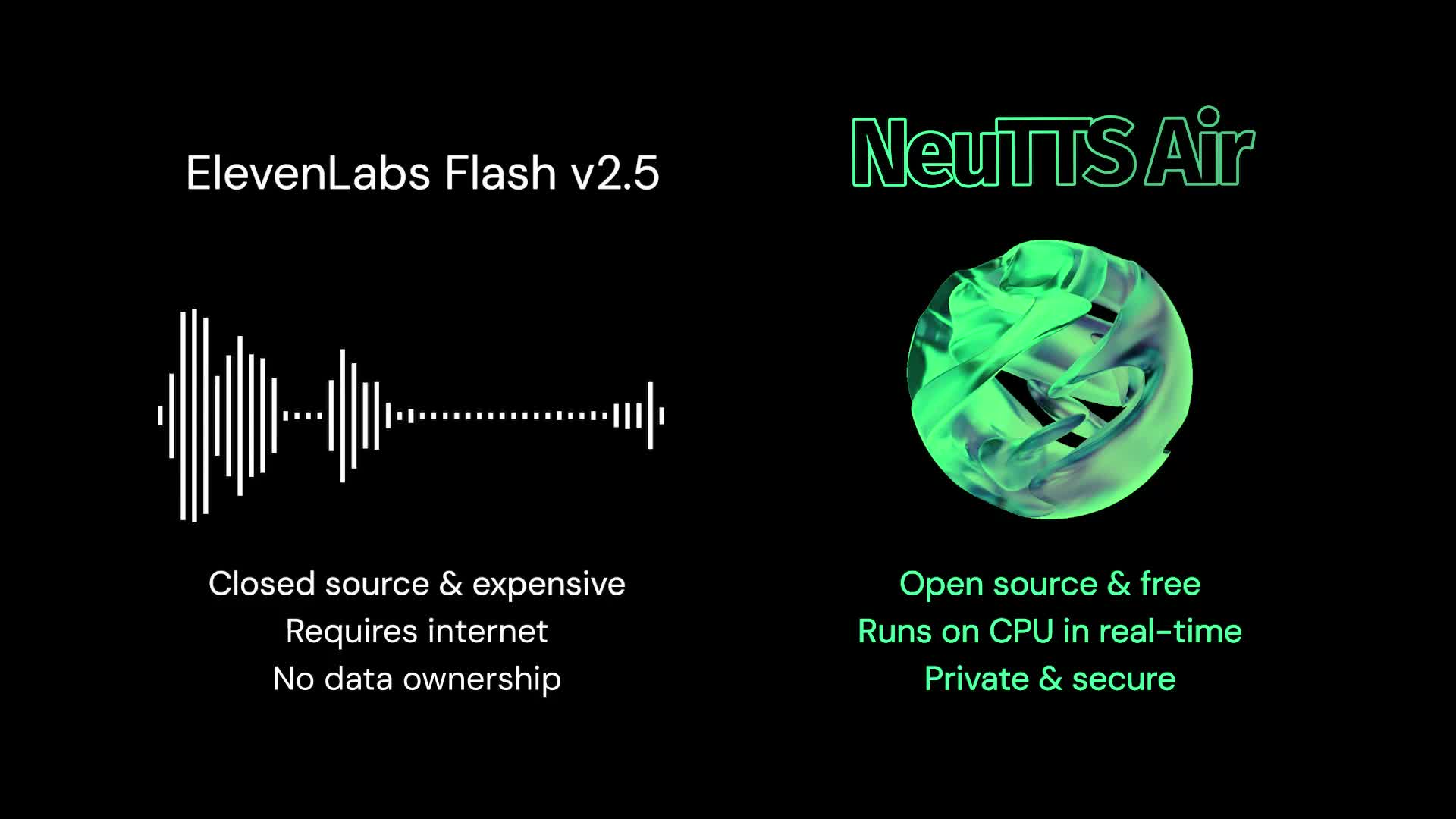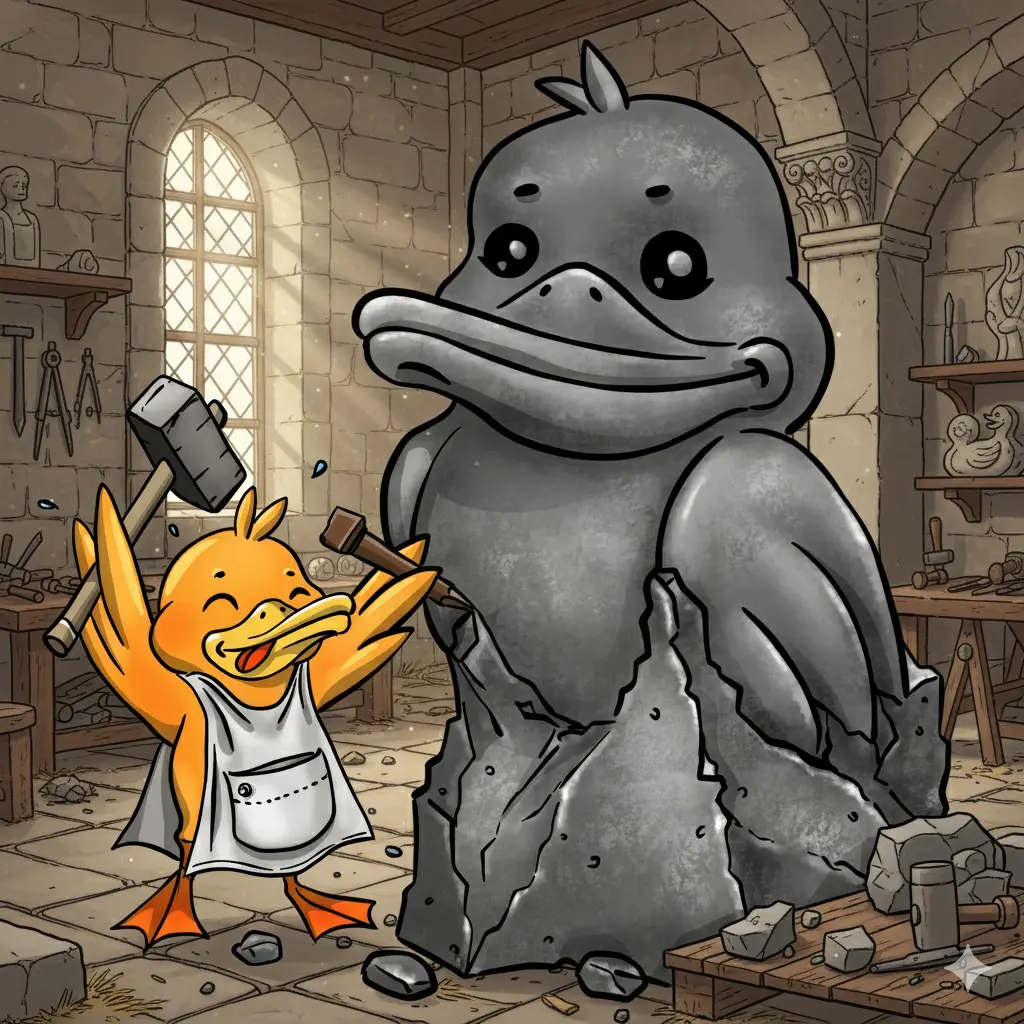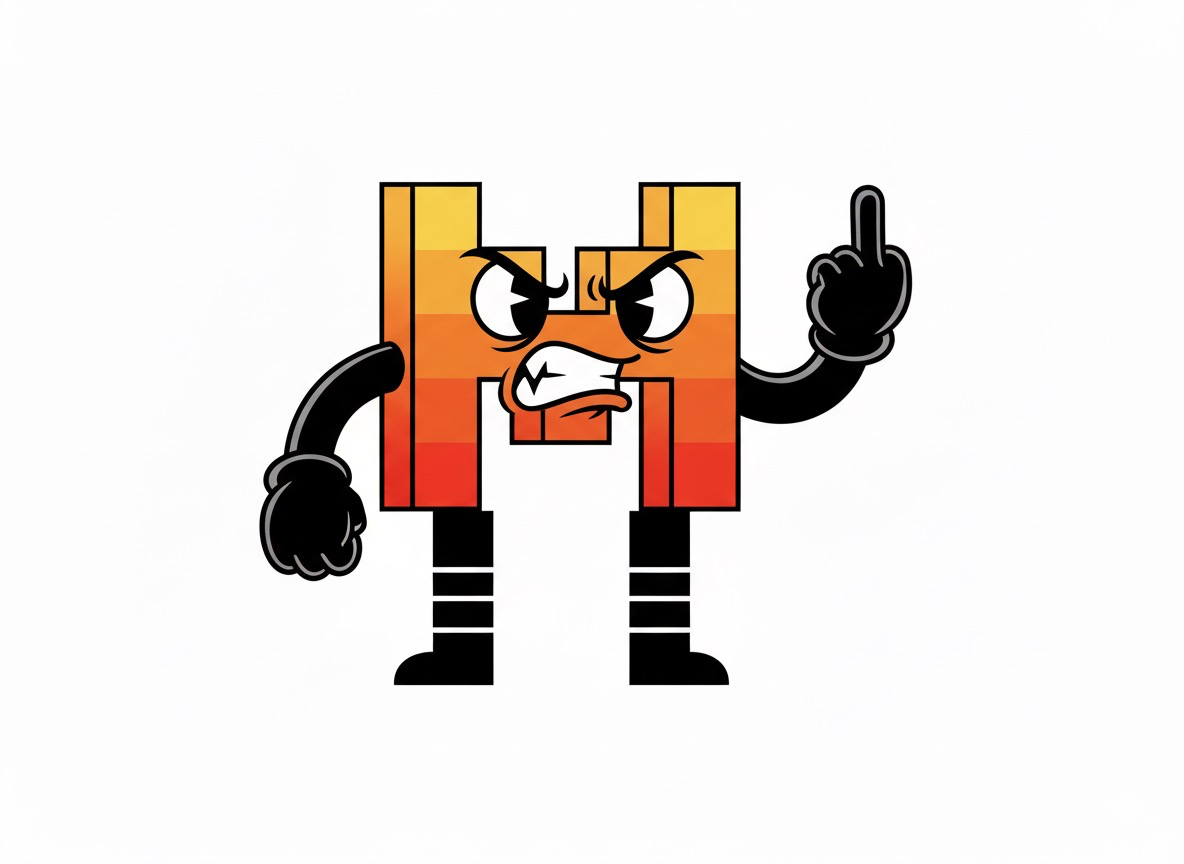
Your Voice Is No Longer Yours: NeuTTS Air Brings Instant Voice Cloning to Your CPU
Neuphonic's open-source 748M-parameter speech model enables instant voice cloning on-device, raising serious privacy questions
The era of cloud-dependent voice AI is officially over. Neuphonic just dropped NeuTTS Air, a 748M-parameter open-source speech language model that runs in real-time on CPU and clones voices from just 3 seconds of audio. No GPUs, no API calls, no rate limits, just your voice, replicated instantly on any device.
This isn’t incremental improvement, it’s a paradigm shift. While companies like OpenAI and Google have kept high-quality voice synthesis locked behind paid APIs and privacy-compromising cloud services, NeuTTS Air brings frontier-quality text-to-speech directly to your hardware. The implications are staggering, and the ethical questions are just beginning.
What Makes NeuTTS Air Different
Most local TTS solutions have been either robotic-sounding or resource-hogs requiring dedicated GPUs. NeuTTS Air changes the game by combining a 0.5B-class Qwen backbone with Neuphonic’s proprietary NeuCodec audio codec. The result? Speech that sounds remarkably human, generated in real-time on standard consumer hardware.
The model ships in GGUF quantizations (Q4/Q8), making it compatible with llama.cpp and similar inference engines. This means developers can integrate professional-grade voice synthesis into applications without worrying about cloud costs or latency. The Hugging Face repository ↗ shows the technical specs: 748 million parameters optimized for CPU inference, with instant voice cloning capabilities that previously required minutes of training data.
The Privacy Paradox: Freedom vs. Abuse
Here’s where things get spicy. Instant voice cloning democratizes voice technology in ways that should make both privacy advocates and malicious actors take notice.
On one hand, this enables incredible accessibility applications: speech-impaired individuals could clone their own voices for communication devices, or preserve a loved one’s voice for future generations. Developers can build fully private voice assistants that never leave the device. The Apache 2.0 license ↗ means anyone can use, modify, and distribute the technology without restrictions.
On the other hand, we’re staring down the barrel of a voice deepfake epidemic. Three seconds of audio, roughly the length of a voicemail greeting, is all that separates legitimate use from potential abuse. The legal frameworks for voice cloning are virtually nonexistent, and detection technology lags far behind generation capabilities.
Real-World Performance: Does It Deliver?
Early demonstrations show impressive results. The YouTube demo below showcases voice cloning that maintains emotional nuance and natural pacing. Unlike older VAE-based models like Piper, which often sound robotic, NeuTTS Air produces speech with convincing prosody and timing.
The CPU-only requirement is particularly significant. This isn’t some theoretical edge case, it means the technology can run on smartphones, embedded devices, and legacy hardware. Think about the implications for developing regions where cloud connectivity is unreliable but voice interfaces could transform accessibility.
The Developer’s Dream (and Nightmare)
For developers, NeuTTS Air represents both opportunity and responsibility. The barrier to creating custom voice interfaces has dropped to near-zero. You could build:
- Private voice agents for sensitive corporate environments
- Localized speech synthesis for endangered languages
- Personalized audiobook narration using the author’s voice
- Real-time dubbing for live events
But with great power comes great responsibility. The same technology could enable:
- Convincing voice phishing attacks
- Fake customer service calls
- Fabricated evidence in legal proceedings
- Non-consensual voice replication
The developer community on Hacker News ↗ is already grappling with these implications. Many are calling for built-in watermarking or ethical usage guidelines, but the open-source nature makes enforcement nearly impossible.
Where Do We Go From Here?
NeuTTS Air isn’t just another AI model, it’s a tipping point. We’ve crossed the threshold where high-quality voice replication is accessible to anyone with basic programming skills and consumer hardware.
The immediate need is for legal frameworks that distinguish between legitimate use and malicious impersonation. We need detection tools that can keep pace with generation capabilities. Most importantly, we need public education about the reality of voice cloning, because the first time someone receives a convincing fake call from a “family member” in distress, the trust in voice communication shatters.
The genie is out of the bottle. NeuTTS Air demonstrates that the future of voice technology is local, open, and powerful. Whether that future becomes a utopia of personalized accessibility or a dystopia of voice-based fraud depends entirely on how we choose to wield this technology today.
The code is available. The models are trained. The only question remaining is: what will you build with it?



